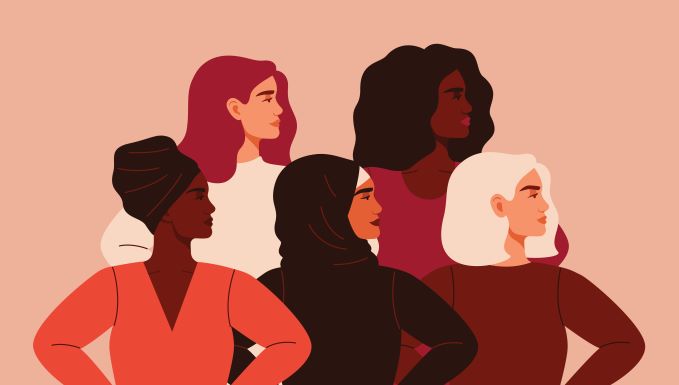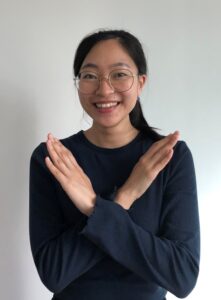Patjaree Aukarasereenont is a FLEET PhD student at our RMIT node. Her research investigates the synthesis of novel 2D materials (materials just one to a few atoms thick) to develop low-energy logic devices used in computer chips. The RMIT research team that Patjaree is a part of strives to provide material solutions to big societal challenges such as energy, pollution and CO2 emissions.
Patjaree found she did fit the perceived image of a physicist, not that it stopped her excelling in physics and engineering.
Patjareee says, “From undergrad to PhD, I experienced situations where people said to me, ‘You don’t look like someone who does engineering or physics.’ Based on my gender and possibly race they somehow thought that I studied medicine, accounting, or even literature. There is an apparent stereotype of a physicist or engineer, which made me wonder, how should I look?
I know other people regardless of their gender, race or career, who have had have similar experiences to mine. I have since learned that this is a bias and prevalent. I am glad that the International Women’s Day theme this year has strongly highlights these issues to help raise awareness, start the conversation and break this bias.
Early on when I didn’t understand that this was an example of bias, I just let it go. Now, I kindly tell people there are many women like me studying physics or engineering and to maybe rethink what a physicist or engineer should look like.”
Patjaree Aukarasereenont, a FLEET PhD student at our RMIT node striking the pose. #BreakTheBias
Making her mark
“What gets me out of bed in the morning is coffee and responsibility. A PhD journey pretty much relies on your self-discipline. I am keen to continue doing research and to use my skills in research and physics to develop knowledge that will help detect and treat chronic diseases. My grandparents passed away because of cancer, so I have a goal to contribute in some way to this field,” Patjaree says.
It is not all coffee and responsibility. An opportunity to explore the local coast is another incentive to rise and shine.
Patjaree’s research
In 2021, Patjaree published research in Nature Electronics that could pave the way to transparent and therefore more effective and energy efficient electronics. Such see-through devices could potentially be integrated in glass, in flexible displays, in smart contact lenses, electronics and communication technology, reducing the carbon footprint of our utility networks.
The technology is based on a novel 2D semi-conductor material called beta-tellurite that Patjaree synthesised with a technique that relies on liquid metal chemistry. The ultrathin sheets of beta-tellurite she synthesised is only a few atoms thick.
There are two types of semiconducting materials: ‘N-type’ and P-type. N-type materials have abundant negatively-charged electrons, while ‘P-type’ semiconductor materials possess plenty of positively-charged holes. Modern life is critically reliant on these materials since they are the building blocks of every computer and smartphone.
There are many high-performance n-type oxides known, but there is a significant lack of high-quality p-type oxides. The novel 2D beta-tellurite is a p-type oxide and the testing of Patjaree’s team showed that it is ten to one hundred times faster than existing p-type oxide materials in how it switches between the on and off state that underpins the binary code used by classical computers. See the story in FLEET News
Patjaree is also the first author on a recent review on liquid metal synthesis in Chemical Society Reviews. And a second author on this review in Chemical Society Reviews on using liquid metal printing and transfer techniques to synthesise 2D metal oxides.
And a LinkedIn video on how it all works
Check the four other FLEET women profiled for International Women’s Day
Maedehsadat Mousavi; Meera Parish; Peggy Schoenherr; Golrokh Akhgar



